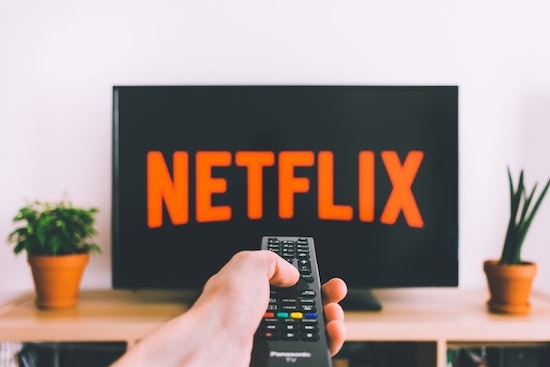
Most of the TVs that we get nowadays are full HD or Ultra HD and they come with the universal TV remote which function as a universal remote for streaming devices like Chromecast and Fire stick. How is that, you ask? Well, it’s a hidden feature called HDMI-CEC.
So, HDMI-CEC (short for HDMI Consumer Electronics Control), which means that your TV can control the streaming devices with your TV universal remote and vice versa.
We’ll check out all that mumbo jumbo later on, but let’s first see what cool stuff it can do. Here are some of those.
Chromecast
While something’s playing back on your Chromecast, press the Pause and Play button on your TV remote, and boom. It works flawlessly. This especially becomes useful, if you have a Google Chromecast, which doesn’t come with its own separate remote control.
Or here is another one. Even though my TV is powered off, if I say, “Hey Google, watch Stranger Things on bedroom TV”, my phone will sent this signal to my Chromecast over Wi-Fi, and via CEC, the Chromecast will turn the TV on, switch the input channel to Chromecast, and start playing Stranger Things without you even doing so much as having to touch the TV remote. Though just make sure your Chromecast is powered by the wall adapter and not with the TV’s USB port.
Fire TV stick
Say, if you have a Fire stick attached to a TV, but the receiver is set to Live TV. Now, all you do is click the Home button on the Fire TV stick remote and the remote switches to the receiver to code the HDMI input on the receiver for the Fire stick. No need to use the TV remote!
Or, it works the other way around as well, say, I am watching something on my Fire stick, and the Fire stick remote is kept far away from me. Well, I can use the TV remote to control basic functions on Fire stick like the up and down arrow keys to navigate on Fire stick, or even play and pause video directly from the TV remote.
Apple TV
Similarly, the new 4th generation Apple TV also supports HDMI-CEC. Just make sure that “Control TVs and Receivers” in the Apple TV settings is toggled “On”. If this section is grayed out then it means that either your HDTV is not HDMI-CEC compatible. Now, your Apple TV can automatically turn your television on, switch to the right HDMI input, and even control the volume.
PS4 and Nvidia Shield
Obviously, on consoles like PS4, you need to manually enable it, as it’s disabled by default for some reason. You can do so by going into Settings > System and enable the “HDMI Device Link” option. While Android TV box such as Nvidia Shield, partially supports HDMI-CEC.
You might say, like, this is all cool but how do you actually get this?
Well, all you have to do is turn on the HDMI-CEC option and have it enabled on your TV. But the problem is that most of the TV manufacturers don’t call this feature “HDMI-CEC” so it might get a little bit confusing.
Let us decrypt this for you so you have a better understanding how it works.
For example:
In LG TV, it’s called SimpLink
In Philips TV, it’s called Easy Link
In Samsung, it’s Any Net+
And in Sony it’s called BRAVIA Sync
If you have some other TV, don’t worry, we’ll have the compatible list in the video description.
Now, when you know what it’s called, all you have to do is go find it on your TV and enable this feature. For example, we’ve got an LG Smart TV, so we will have to find this SIMPLINK (HDMI-CEC) feature and enable it. Most manufactures disable this feature by default, so all you need to do is figure that out.
Overall, HDMI-CEC is quite a useful feature. All you have to enable it mainly find it and then turn it on. Let us know in the comments section below which TV you are using and if you were able to find that feature.
Also check out Smart DNS Proxy if you’re keen to unblock geo-restricted content and sites like Netflix, Hulu, Pandora, Amazon Prime Video. There’s a bunch of those. It’s just 5 dollars a month additionally to unblock a bunch of content you wouldn’t normally have access to
Thanks for reading and watching and see you in the next one. Subscribe to our YouTube channel to get the best tips on how to make best use of your streaming devices.
BACK TO NEWS